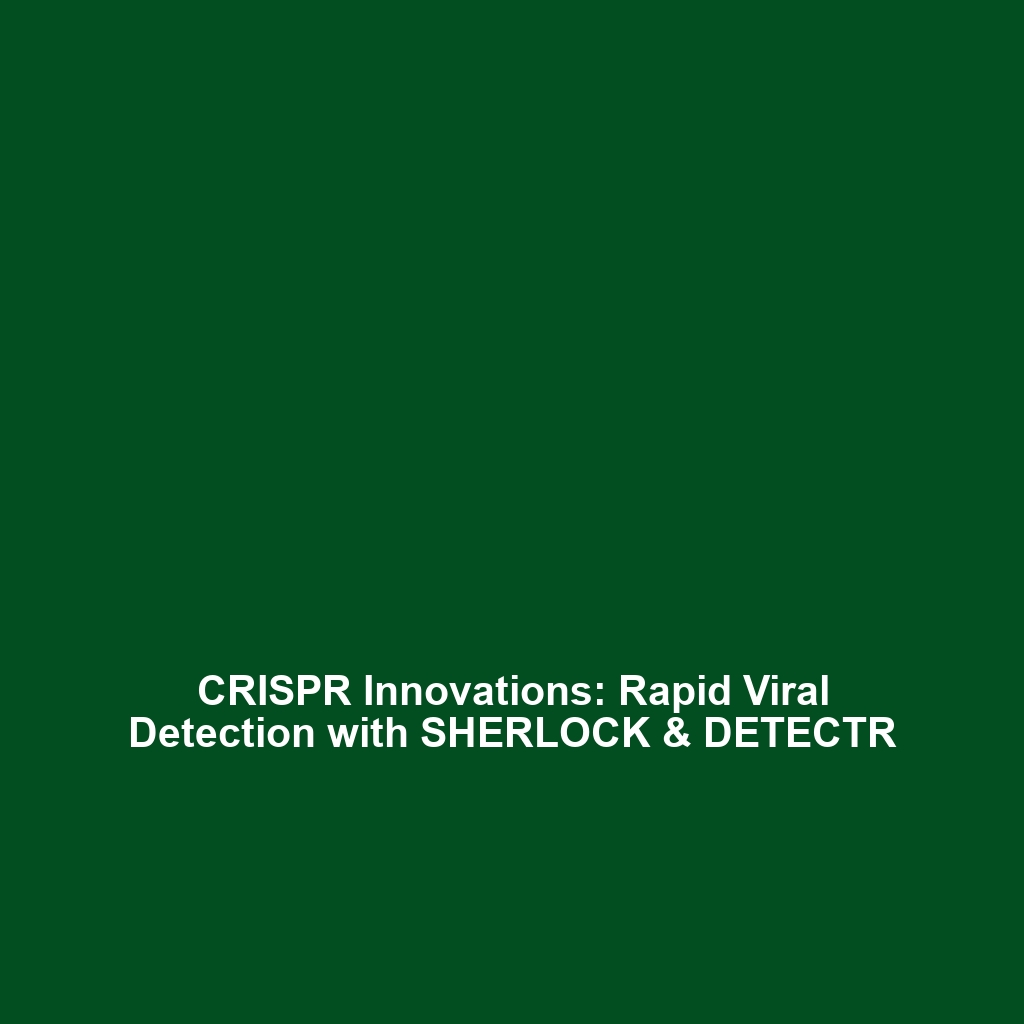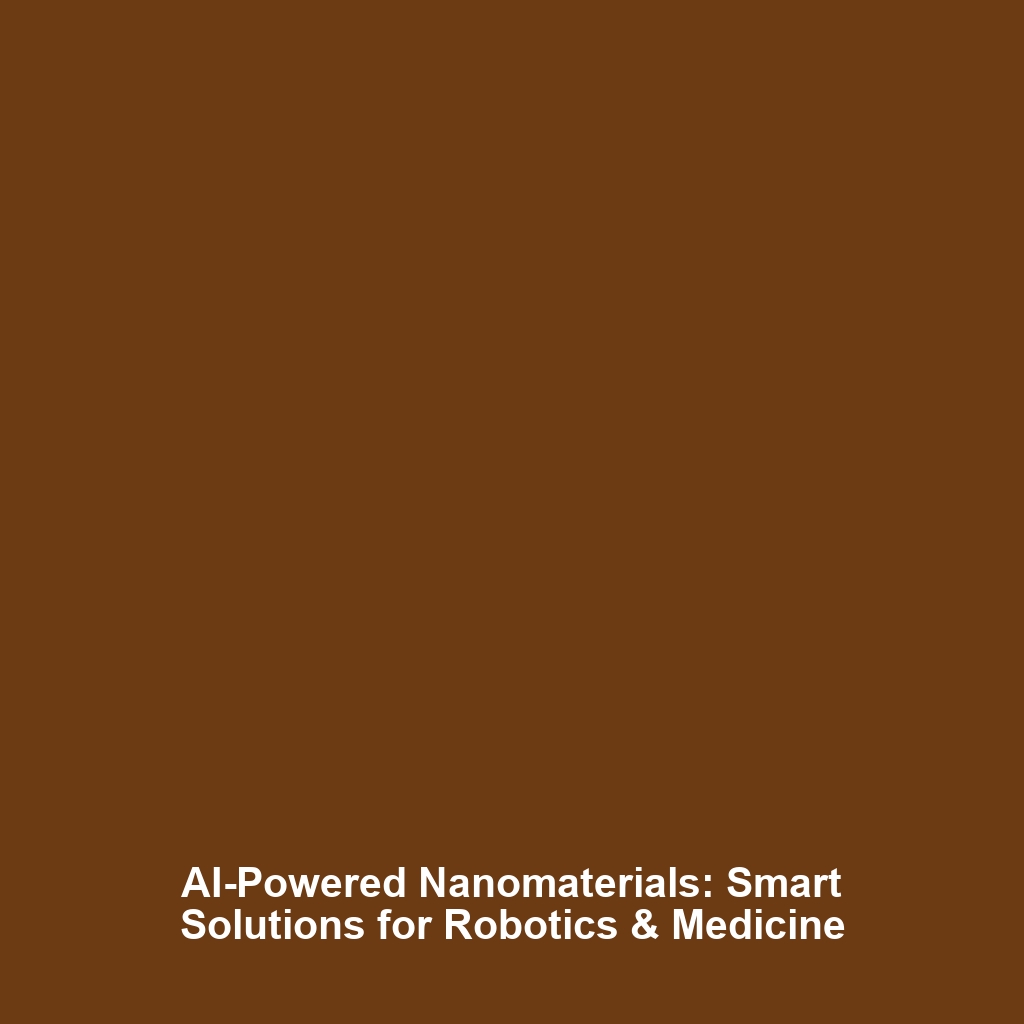Development of CRISPR-based Diagnostic Tools for Rapid Detection of Viral Infections
Introduction
The development of CRISPR-based diagnostic tools, notably platforms like SHERLOCK and DETECTR, represents a groundbreaking advancement in medical diagnostics, particularly in the rapid detection of viral infections. This innovative technology leverages the precision of CRISPR gene editing to enable swift and accurate identification of pathogens, significantly enhancing response times in clinical settings. As viral threats continue to evolve, the significance of CRISPR diagnostic tools becomes increasingly paramount, offering the potential for real-time health monitoring and disease management.
Key Concepts
Understanding the mechanisms behind CRISPR-based diagnostic tools is crucial for appreciating their role in combating viral infections. Here are some vital concepts:
CRISPR Technology Basics
CRISPR (Clustered Regularly Interspaced Short Palindromic Repeats) is a revolutionary gene-editing technology that utilizes guide RNA sequences to target specific DNA sequences for precise modifications. This technology forms the backbone for novel diagnostics tools such as SHERLOCK and DETECTR.
SHERLOCK and DETECTR
Both SHERLOCK (Specific High-sensitivity Enzymatic Reporter unlocking) and DETECTR (DNA Endonuclease-Targeted CRISPR Trans Reporter) utilize engineered Cas proteins to detect RNA and DNA from viral pathogens in a highly sensitive manner, making them invaluable in clinical diagnostics.
Applications and Real-World Uses
The real-world applications of CRISPR-based diagnostic tools are vast and varied:
- Rapid Testing: SHERLOCK and DETECTR enable quick turnarounds in diagnostics, crucial for managing outbreaks of viral infections such as COVID-19.
- Field Deployable Diagnostics: These tools can be adapted for use in remote areas, enhancing accessibility to diagnostic testing.
- Customized Diagnostics: The flexible nature of CRISPR allows for the rapid adaptation to emerging viral threats, thus enhancing public health readiness.
Current Challenges
Despite the promise of CRISPR-based diagnostic tools, several challenges persist:
- Regulatory Hurdles: Navigating the complex landscape of medical regulations can delay the deployment of CRISPR diagnostics.
- Standardization Issues: Variability in results due to differences in implementation can affect reliability.
- Public Acceptance: Widespread understanding and acceptance of gene editing technologies remain a barrier for adoption.
Future Research and Innovations
The future of CRISPR diagnostic tools looks promising, with ongoing research leading to several innovations:
- Enhanced Sensitivity: Next-generation CRISPR systems may improve sensitivity and specificity in pathogen detection.
- Integration with Digital Technologies: The potential for mobile apps and AI integration could streamline testing processes.
- Expanding Target Range: Research into broadening the scope of detectable viruses and pathogens is ongoing, enhancing public health responses.
Conclusion
The development of CRISPR-based diagnostic tools like SHERLOCK and DETECTR is set to revolutionize the rapid detection of viral infections. As these technologies evolve, they hold the potential to drastically improve public health responses to infectious diseases. Continued research and collaboration will be instrumental in overcoming current challenges and realizing their full potential.
For more information on CRISPR technology and its implications in various fields, visit our related articles page.

